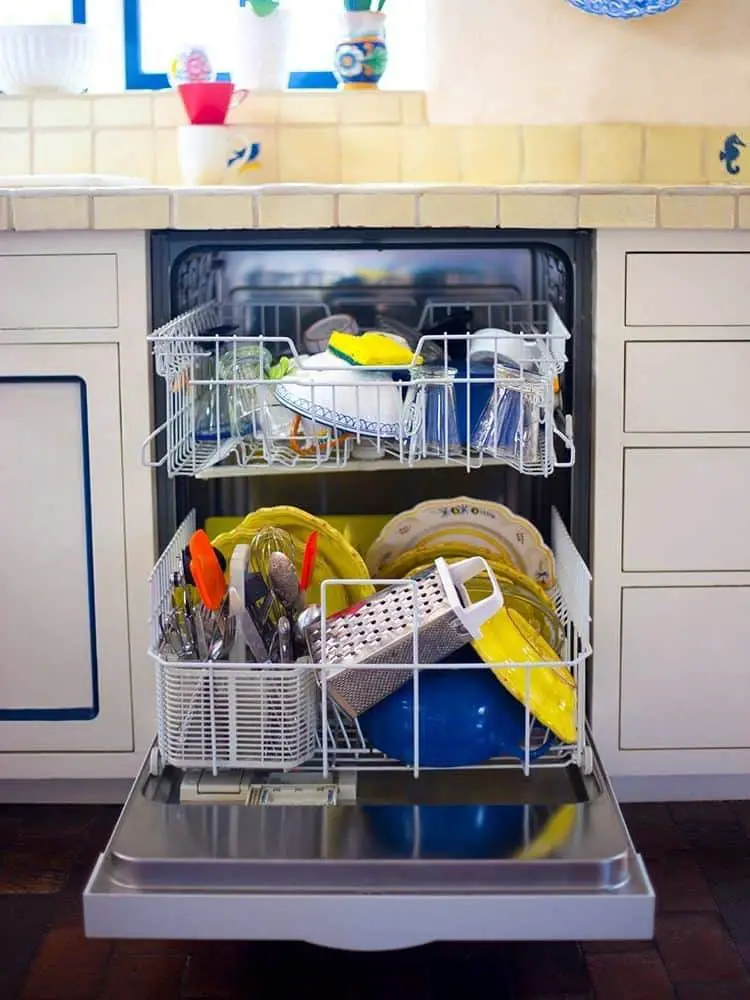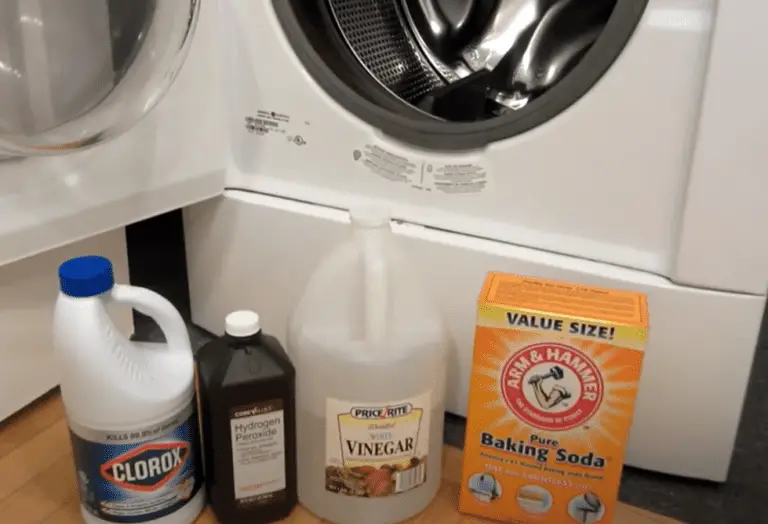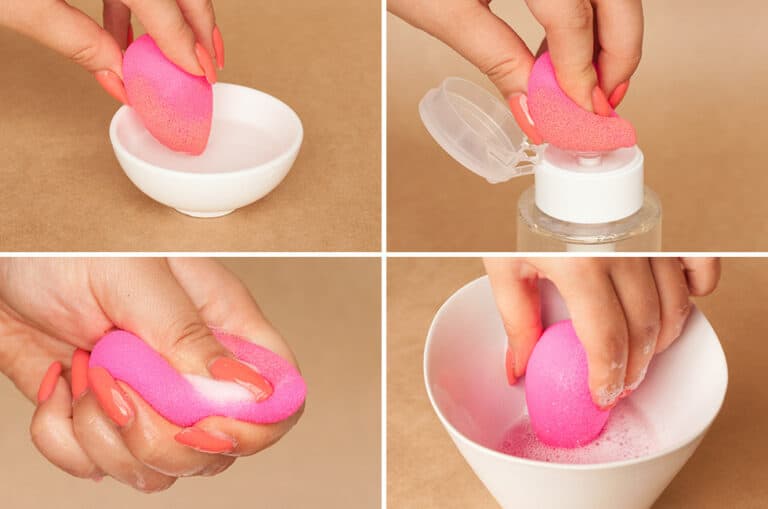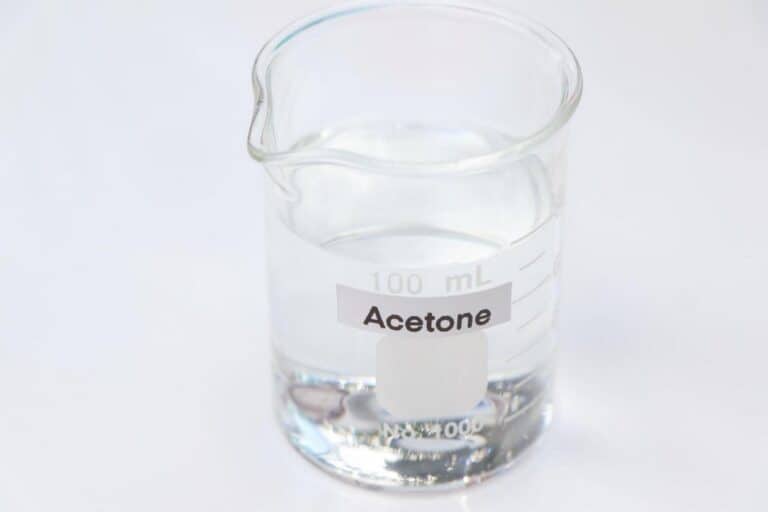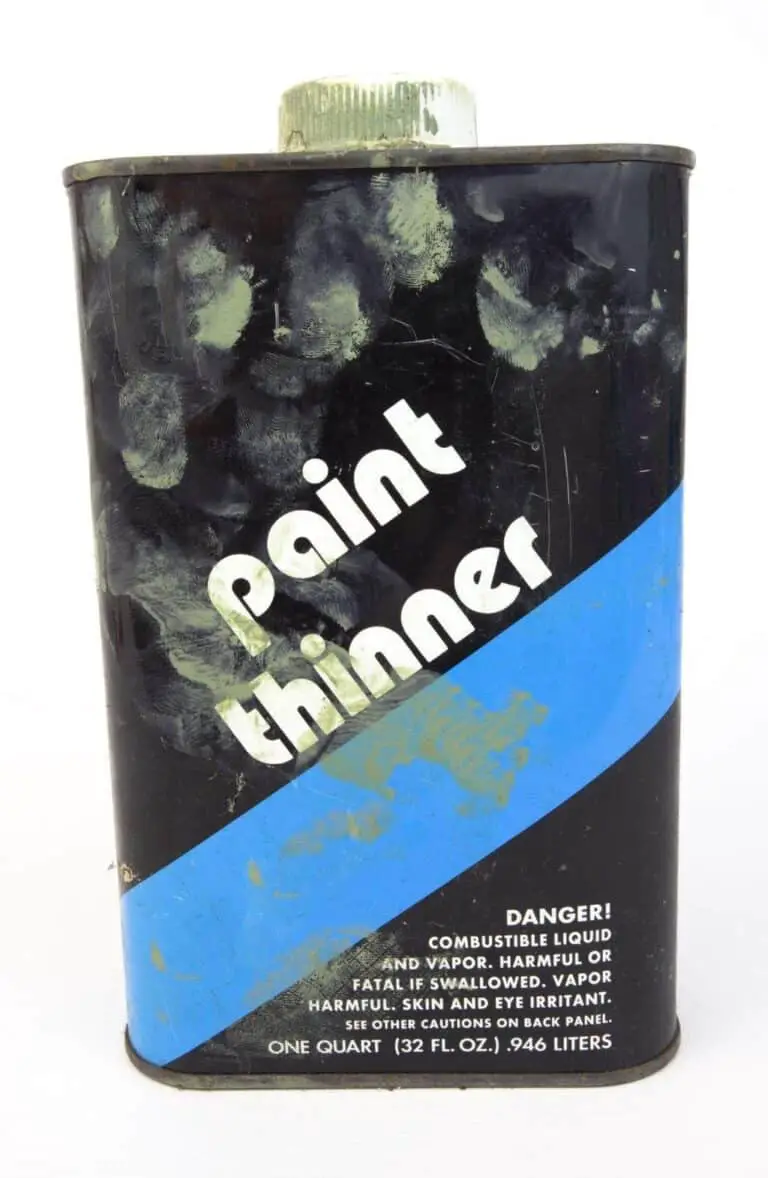Does Heat Make Silicone Dry Faster? Does Silicone Harden With Heat?
Have you ever found yourself asking, “How long does silicone sealant take to dry?” Whether you’re a seasoned DIY-er or a novice looking to take on a new project, understanding the drying time of silicone sealant is essential for ensuring a successful outcome.
After all, no one wants to be stuck waiting for a sealant to dry for hours on end or worse yet, have it not dry at all! In this article, we’ll dive into what you need to know about silicone sealant drying times, including factors that can affect drying time and tips for ensuring your sealant dries as quickly and effectively as possible. So, let’s get started!
Factors Affecting Silicone Sealant Drying Times
The drying time of silicone sealants is an important consideration when selecting and using them, as it affects the overall project timeline and performance. However, the drying time of silicone sealants can vary depending on several factors.
Below are several factors that can affect the drying times of silicone sealant, including:
1. Type of Silicone Sealant
Different types of silicone sealant have different drying times. Some silicone sealants are designed for fast drying, while others require more time to cure fully. Manufacturers usually provide instructions on the optimal drying times for each type of silicone sealant, and it is essential to follow these instructions carefully to achieve the best results.
2. Temperature and Humidity
Temperature and humidity can significantly affect silicone sealant drying times. High temperatures and low humidity can accelerate drying times, while low temperatures and high humidity can slow down the drying process. The optimal temperature and humidity range for drying silicone sealant varies depending on the type of sealant.
3. Thickness of the Sealant Layer
The thickness of the silicone sealant layer also affects drying times. Thicker layers of silicone sealant take longer to dry, while thinner layers dry faster. It is crucial to apply the silicone sealant in a thin, even layer to achieve optimal drying times.
4. Substrate
The substrate or surface that the silicone sealant is applied to can also affect drying times. Porous substrates, such as wood and concrete, can absorb moisture from the sealant, prolonging drying times. Non-porous substrates, such as glass and metal, tend to provide a more favorable surface for faster drying times.
How Long Does Silicone Sealant Take To Dry?
Now that we understand the factors that can affect silicone sealant drying time, let’s answer the question at hand – how long does silicone sealant take to dry?
In general, most silicone sealants will dry to the touch within 30 minutes to 1 hour. However, it is important to note that this does not mean the sealant has fully cured.
The curing process is the process by which the silicone sealant fully sets and achieves maximum adhesion and strength. The curing time for silicone sealant can vary depending on several factors, such as the type of silicone sealant used, the thickness of the sealant layer, and the environmental conditions.
In general, most silicone sealants will reach full cure within 24-48 hours. However, some types of silicone sealants may take longer to cure fully, so it is essential to check the manufacturer’s instructions.
The table below provides an overview of the optimal drying times for different types of silicone sealant:
| Type of Silicone Sealant | Optimal Drying Time |
| Acetic cure silicone sealant | 24 hours |
| Neutral cure silicone sealant | 72 hours |
| Fast-curing silicone sealant | 30 minutes to 1 hour |
| High-temperature silicone sealant | 24 hours |
| Concrete and masonry silicone sealant | 24 to 48 hours |
It’s important to remember that these drying times are general guidelines, and the actual drying times may vary depending on several factors, as discussed earlier.
How to Speed Up Silicone Sealant Drying Time
If you need to speed up the silicone sealant drying process, there are several steps you can take to do so effectively. Here are some helpful tips:
- Use a dehumidifier: A dehumidifier can help reduce the humidity levels in the room, which can speed up the drying process.
- Use a fan: A fan can help circulate the air and reduce the humidity levels, which can speed up the drying process.
- Increase the temperature: Increasing the temperature in the room can help speed up the drying process. However, it is important to note that too much heat can cause the sealant to dry too quickly and result in a weaker bond.
- Use a sealant with a faster curing time: Some types of silicone sealant are designed to cure faster than others. Choosing a sealant with a faster curing time can help speed up the drying process.
- Use a thinner layer: Thinner layers of sealant will dry faster than thicker layers. Applying several thin layers rather than one thick layer can help speed up the drying process.
- Using a Catalyst: A catalyst can speed up the silicone sealant curing process significantly. Catalysts are chemical additives that promote chemical reactions, accelerating the curing process. However, it is crucial to follow the manufacturer’s instructions when using catalysts, as excessive use can compromise the quality of the seal.
- Using a UV Lamp: Using a UV lamp to cure silicone sealant is another effective way to speed up the drying process. UV lamps emit ultraviolet light, which triggers the curing process, reducing drying times significantly.
- Using a Heat Gun: Using a heat gun can also help to speed up silicone sealant drying times. However, it is essential to use a low heat setting and maintain a safe distance from the sealant to avoid overheating and compromising the seal’s quality.
Potential Risks of Using High Heat to Dry Silicone
The drying process of silicone sealants can be time-consuming, and in some cases, users may resort to using high heat to speed up the process. While high heat can help accelerate the drying process, it also poses potential risks that users need to be aware of.
One of the main risks of using high heat to dry silicone is that it can cause the sealant to shrink or crack. When silicone sealant is exposed to high temperatures, it can become brittle and lose its elasticity. As a result, it may shrink or crack, compromising the seal and reducing its effectiveness. This can lead to leaks and other issues, which can be costly and time-consuming to fix.
Another potential risk of using high heat to dry silicone is that it can release toxic fumes. When silicone is heated to high temperatures, it can release harmful chemicals, such as formaldehyde and acetic acid. These chemicals can be dangerous if inhaled, and prolonged exposure to them can cause respiratory problems, headaches, and other health issues.
Moreover, high heat can also cause the silicone to discolor or become discolored. When exposed to high temperatures, silicone can yellow or turn brown, which can affect its appearance and overall aesthetic. This can be particularly problematic if the silicone is being used for cosmetic purposes, such as sealing a shower or bathtub.
Best Practices for Drying Silicone Safely and Effectively
To achieve optimal results when drying silicone sealant, it is crucial to follow best practices. Here are some tips for drying silicone safely and effectively:
Follow the Manufacturer’s Instructions
Different types of silicone sealant have different optimal drying times and application methods. It is crucial to read and follow the manufacturer’s instructions carefully to achieve the best results.
Prepare the Surface Properly
Preparing the surface before applying silicone sealant is crucial for optimal results. The surface should be clean, dry, and free of debris to ensure proper adhesion and reduce the risk of sealant failure.
Apply the Sealant in Thin, Even Layers
Applying the silicone sealant in thin, even layers helps to reduce drying times and ensure that the sealant cures properly. It is essential to avoid applying the sealant too thickly, as this can prolong drying times and compromise the quality of the seal.
Allow Sufficient Drying Time
Allowing sufficient drying time is crucial for achieving a strong, durable seal. Rushing the drying process can compromise the quality of the seal and reduce its effectiveness.
Store Silicone Sealant Properly
Storing silicone sealant properly is essential to maintain its quality and prolong its shelf life. Sealant should be stored in a cool, dry place and away from direct sunlight.
Use Personal Protective Equipment
When handling silicone sealant, it is crucial to use personal protective equipment, such as gloves, goggles, and a respirator, to protect against skin and eye irritation and inhalation of fumes.
Dispose of Sealant Properly
Disposing of silicone sealant properly is essential to prevent environmental contamination. Sealant should be disposed of according to local regulations, and leftover sealant should be stored in an airtight container to prevent it from drying out.
Conclusion
In conclusion, the drying time of silicone sealant depends on several factors, such as temperature, humidity, and the thickness of the applied layer. To speed up the drying process, increasing the temperature, decreasing humidity, using a dehumidifier, and applying thin, even layers of silicone sealant can be helpful. However, it is crucial to follow best practices to achieve optimal results, including following the manufacturer’s instructions, preparing the surface properly, allowing sufficient drying time, and storing the sealant properly. By following these guidelines, you can achieve a strong, durable seal that meets your specific needs.

